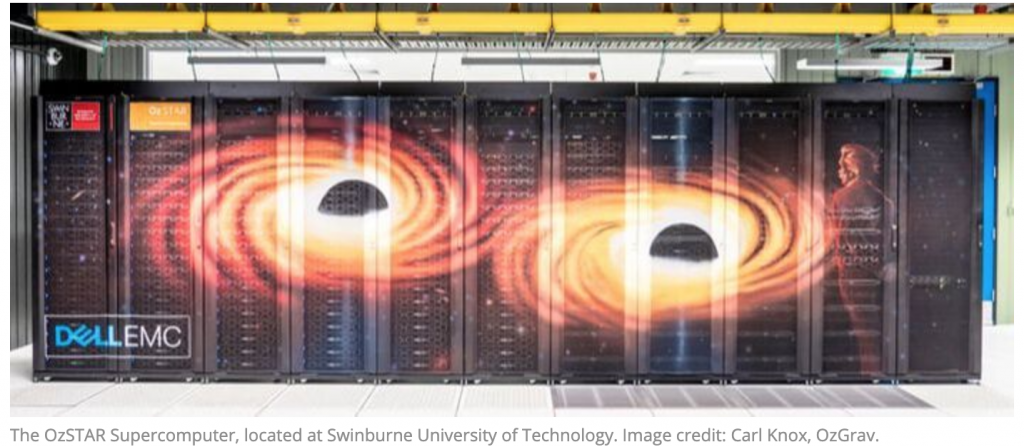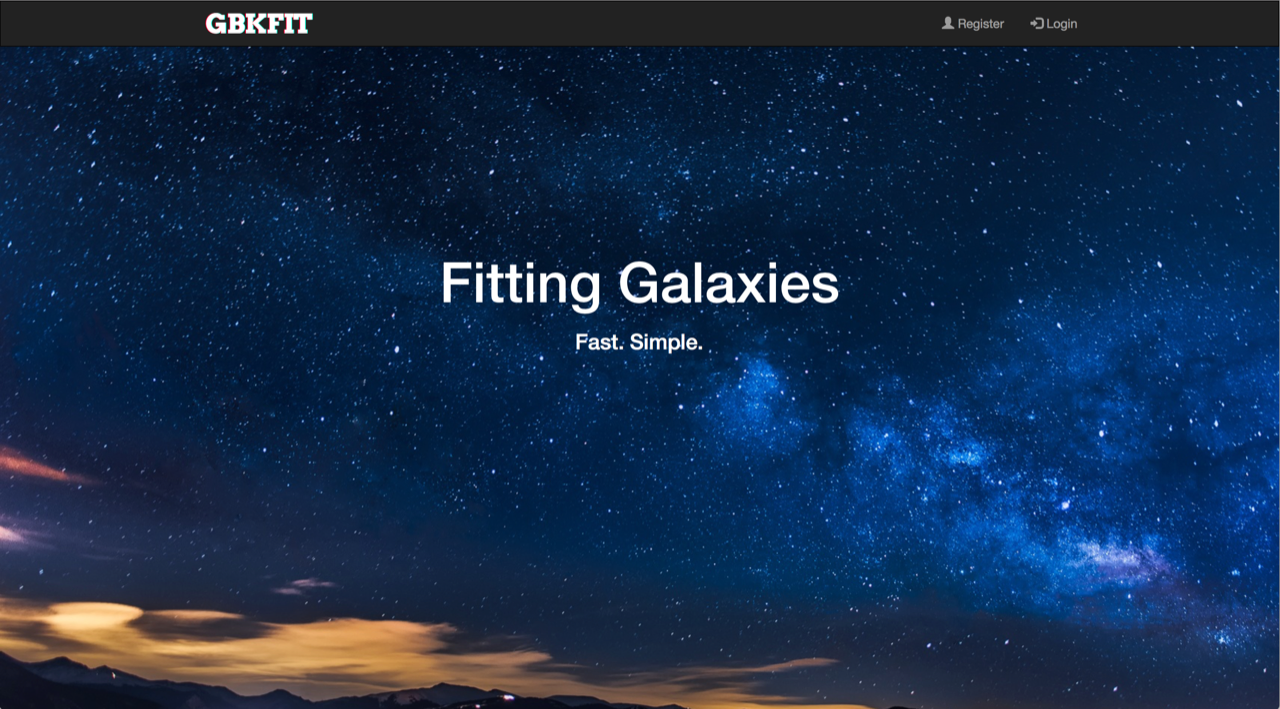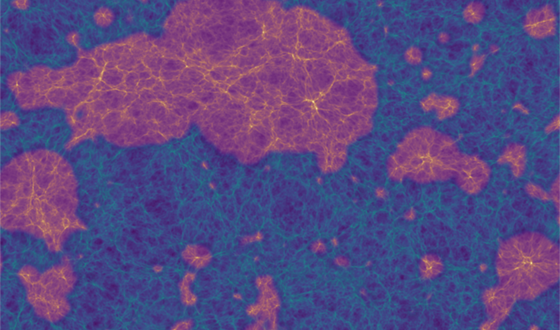ADACS successfully deploys YandaSoft on OzSTAR
In late 2019, ADACS successfully deployed the astronomical calibration and…
EOI open for ADACS Software Support Program – 2020A Semester
Call for Expressions of Interest Now open Expressions of interest…
Bringing LIGO Science to the Masses
Gravitational-wave astronomy is now a reality. In September 2015, the…
Astronomy projects supported by ADACS and boosted by Pawsey expertise
Three astronomy projects were awarded embedded technical specialist support as…
Pawsey is strengthening its long-term collaborations with the astronomy community
The Pawsey Supercomputing Centre, as part of Astronomy Data and…
EOI open for ADACS Software Support Program – 2019B Semester
Call for Expressions of Interest Now open Expressions of interest…
Scientific Computing and Software Development Services
A principal component of ADACS is the provision of expertise…
ADACS Software Support Services – 2018A Semester Projects
The ADACS TAC has selected three projects for support this…
Simplifying access to High-Performance Galaxy Modelling
Using software support resources acquired under the 2017B semester of the ADACS Software Support scheme, ADACS has enabled an outward-facing user interface for GBKFIT: a publicly-available application for kinematic galaxy modelling. Features include a range of accepted data inputs (including flux, velocity, and velocity dispersion maps, as well as spectral cubes) and kinematic models (including exponential, flat, arctan, Epinat, and more), all wrapped in a secured web application (including a relational database and workflow management system) enabling providing support for a rich user community.
Speeding-up Reionization with GPUs
Using software support resources acquired under the 2017B semester of the ADACS Software Support scheme, Dr. Simon Mutch of the University of Melbourne has partnered with ADACS in the effort to supply accurate theoretical models capable of predicting the progression of this transition, and of interpreting these exciting observations once they become available.







